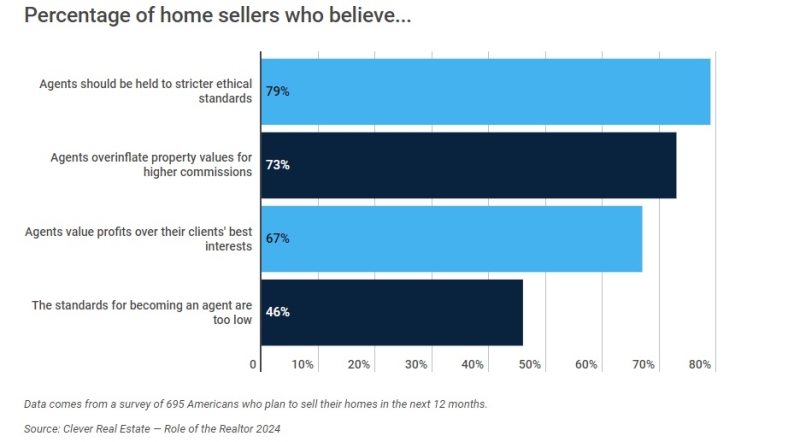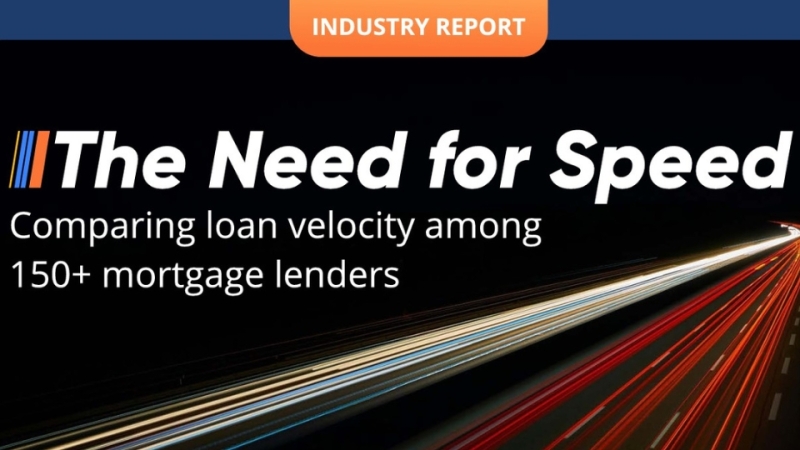Advertisement
Homeownership Rate Falls in Q2, Expected to Plummet Further

The national homeownership rate fell in the second quarter, and a majority of experts said they expect it to fall further in coming years as the Millennial generation delays home purchases and the age of typical first-time homebuyers rises, according to the latest Zillow Home Price Expectations Survey.
The panel also said they expect U.S. median home values to end 2014 up 4.6 percent, on average, and to exceed their 2007 peak levels by the end of 2017, roughly a decade after the housing bust and ensuing recession began. The survey of 104 economists, real estate experts and investment and market strategists asked panelists to predict the path of the U.S. Zillow Home Value Index through 2018, and solicited opinions on the age of homeowners, the homeownership rate and the impact of rising mortgage interest rates on home sales volume. The survey was sponsored by leading real estate information marketplace Zillow, Inc. and is conducted quarterly by Pulsenomics LLC.
In 2013, the typical first-time homebuyer was 31 years old, according to the National Association of Realtors. Panelists were asked for their expectations regarding the median first-time homebuyer age over the next decade as Millennials reach their prime home-buying years. Among those expressing an opinion, 61 percent said they thought the median first-time homebuyer age would rise marginally, to 32 or 33, with another 24 percent saying they expected the median age would rise to 34 or older.
"Because of its huge size and great diversity of housing preferences and opinions, the Millennial generation will have enormous influence in coming years, especially as they hold off on getting married and having children, the two biggest reasons for first-time home purchases," said Zillow Chief Economist Dr. Stan Humphries. "A lower homeownership rate because of these demographic shifts will have a ripple effect, keeping rents high and potentially impacting the broader economy if substantially fewer people pay property taxes and buy fewer home goods. But while the age of first-time homebuyers may rise, it is dangerous to assume Millennials don't want to buy at all. Recent Zillow research concluded that millions of current renters do want to buy soon, despite headwinds that may end up delaying their purchase. And when they do, policymakers, planners and developers will need to ensure that housing is accessible, affordable and desirable to this new generation of homeowners."
Panelists were asked what they thought the homeownership rate would be in five years. Among those expressing an opinion, 57 percent said they thought the rate would be lower than the first quarter 2014 seasonally adjusted rate of 64.8 percent. After the survey was completed, the U.S. Census Bureau reported that the seasonally adjusted U.S. homeownership rate fell to 64.7 percent in the second quarter, the lowest rate since the second quarter of 1995.
Impact of Rising Mortgage Rates
Panelists were also asked what impact rising mortgage rates would have on home sales volume over the next two years, as higher rates impact mobility and home affordability. Among those with an opinion, 62 percent said they expected rising rates to have a somewhat negative or significantly negative impact on the number of sales going forward. On average, panelists said they expected interest rates on a 30-year, fixed-rate mortgage to reach 5.28 percent by July 2016.
Panelists predicted the U.S. Zillow Home Value Index would rise 4.6 percent year-over-year by the end of 2014, to $177,895, and expected the pace to slow in each of the next four years. The most optimistic group of panelists predicted a 5.6 percent annual increase in home values this year, on average, while the most pessimistic predicted an average increase of 3.7 percent.
"The dispersion of the experts' home value projections has diminished to the lowest level in the history of this survey, and for the second consecutive quarter, the expected five-year average annual growth rate in U.S. home values is the same as that experienced during the pre-bubble era," said Terry Loebs, founder of Pulsenomics. "Although one would expect to observe trends like this in a calming housing market, it's way too soon to conclude that the market has healed and returned to the old normal."
About the author





